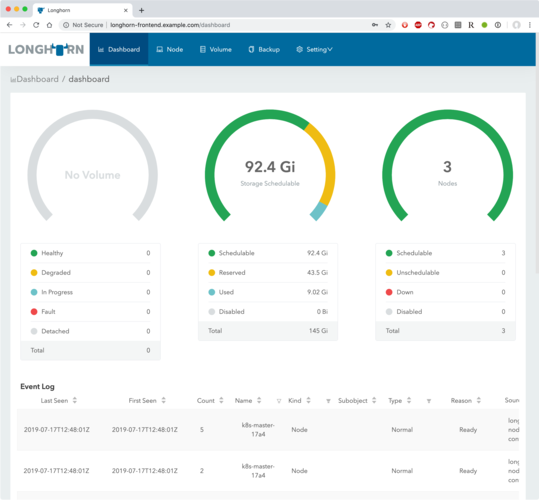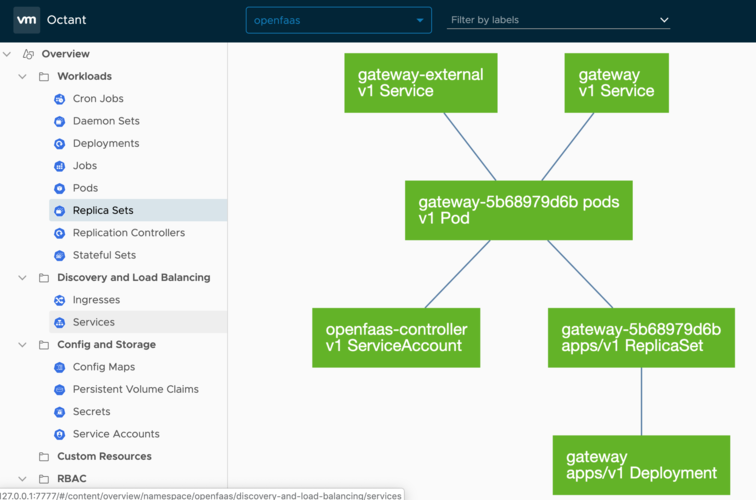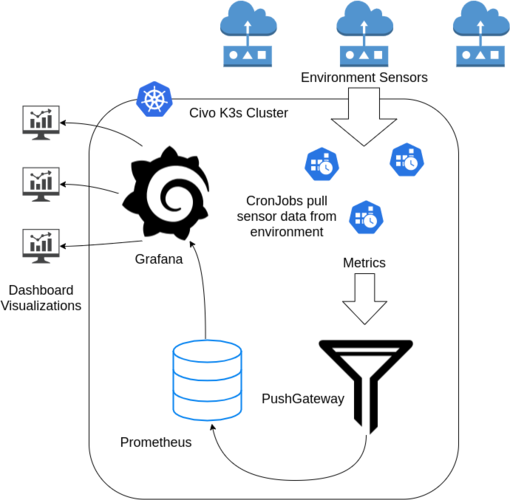2019 has been a great year for cloud native technologies. This year we launched the world's first managed Kubernetes service back-ended by Rancher's k3s distribution, and watched our users create some really neat things on our platform.
To that end, we wanted to highlight some of our top posts from the wider Civo community, and posts that showcase the exciting state of play of the cloud native landscape at the moment. As a platform, Civo is all about community, and we are proud to showcase work by our talented users sharing their knowledge to improve the services we offer and the wider developer experience.
Please note that as of the acquisition of Docker Enterprise by Mirantis, Inc, in November 2019, the preferred Docker orchestration platform is Kubernetes. The post below was published months before the announcement, and reflects the time of publication.
Cloud Native Stateful Storage for Kubernetes With Rancher Labs' Longhorn
Civo CTO Andy Jeffries took a dive into stateful storage on Kubernetes in this guide. While out of the box Kubernetes containers are ephemeral and non-stateful, most applications in the world do require some amount of persistent storage.

Since publishing this guide, we at Civo have implemented a system to launch Longhorn alongside your Kubernetes cluster with one click, meaning you no longer have to go through these steps - though they are a good reference for how cloud-native stateful storage works, and a description of what goes on behind the scenes in your clusters if you install Longhorn!
Back Up Your Data Using Restic, MinIO and Civo
Automating backups of your files is a way to minimise the chances that you lose important data. Let's face it, all of us could probably be backing up our files more often! Alex Ellis' guide shows how to deploy MinIO as S3-compatible object storage on a Civo instance, and employ Restic for incremental backups, all with step-by-step instructions. Nothing like peace of mind, knowing that if you forget your laptop on a train, you're not entirely out of luck.

Trying Civo's Kubernetes Service
Geert Baeke runs through creating a cluster step by step in his blog post about trying our managed Kubernetes service. He then shows you how to install an application - in his case, an automatic image classifier, with just a few lines of YAML deployed onto the cluster. His example shows that your imagination really is the limit, and you can be up and running with your apps within minutes.

Understanding Kubernetes Clusters With Octant
With the bewildering array of Kubernetes tools around, sorting the wheat from the chaff and finding what works for your use case can be a challenge. I took a look at VMware's Octant and how it allowed you to peek under the hood at the various components that make up your Kubernetes cluster.

Needless to say, I liked what I saw - the visualisation of relationships between pods and resources was really handy, especially in troubleshooting issues or finding bottlenecks.
Building a Blog on Civo k3s
Keith Hubner gave the platform a workout with this guide, deploying Ghost as a platform to write a blog about his experiences in the beta! It goes through the steps of setting up a cluster for the blog running both Ghost and MySQL, setting up a certificate and getting up and running with a cloud-native blog.

Deploy a Web Application Using GitOps With GitHub Actions and Python
Another valued contributor, Alejandro JNM has not only written a Python library to interact with Civo's API, but also this excellent guide employing the principle of GitOps to deploy an application directly from commits to a Civo instance. This allows you to deploy new versions easily as soon as your automated tests pass, thanks to the now publicly-available GitHub Actions.

Deploy a Batch Monitoring Stack With Prometheus PushGateway
Gabriel Duke wrote this piece as the foundation for a batch metrics monitoring system using Prometheus PushGateway on Kubernetes. This has uses in, for example, monitoring multiple edge/IoT devices for incoming data, such as Gabriel's idea of building an environmental monitoring system on top of this base.

Guide to Helm 3 With an Express.js Microservice
Another great guide by the inimitable Alex, this one tackles creating your own Helm chart to deploy a little microservice as a proof of concept. Never not with his finger on the pulse, Alex shows how dealing with Helm 3 is different from the previous iteration, and how you do not need tiller at all.

Contribute to the Civo Community
Oh, and we have big plans for our community of contributors in 2020. We are looking to unveil our first Civo Ambassadors in the new year, and would love to hear from you. Stay tuned...